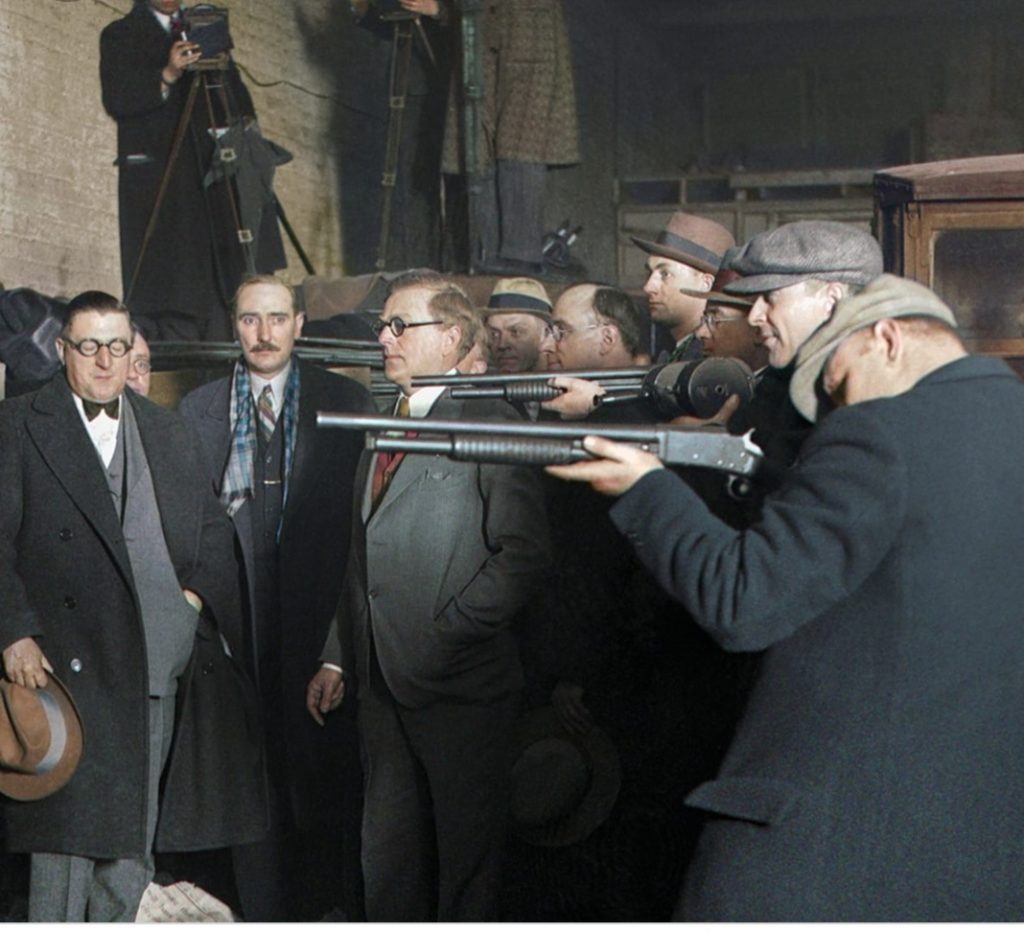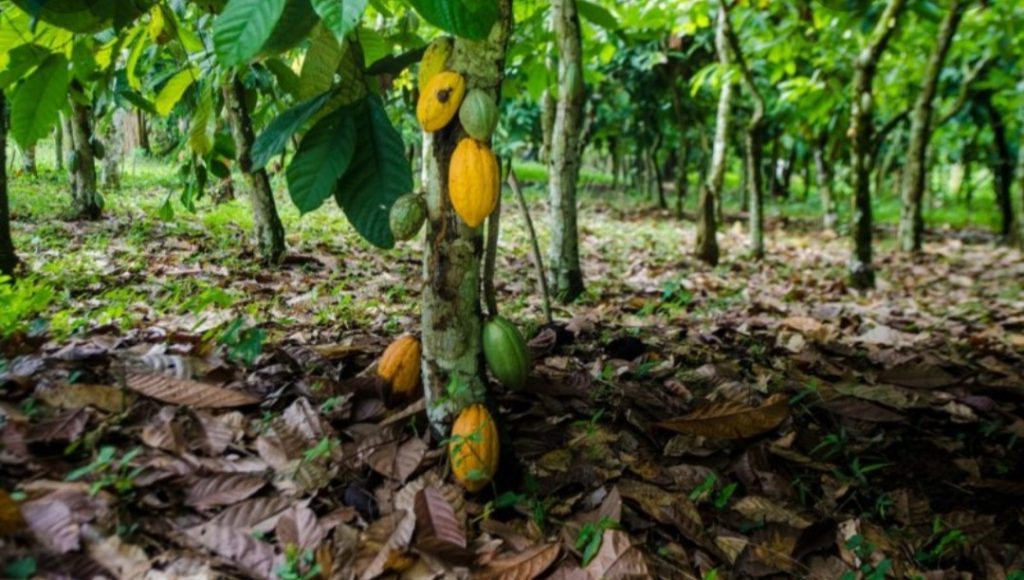LOVE is brewing. It is discernible. And you could almost stroke it as we approach Valentine’s Day. It is a day that is linked with sugar and spice and all things nice. It is a day when most people flow flowers and chocolate with abandon.
St Valentine’s Day Massacre
Some dark spots have also been associated with Valentines day. In 1929, the gang warfare ruled the patios of Chicago and one of the execrable massacres took place on Valentines Day. Thirty years before in Brooklyn New York, poor immigrant parents had given birth to Alphonse Gabriel Capone.
The mother was a seamstress and the father was a barber. In his childhood, nothing could have prognosticated his rise to infamy. But as he grew up, he ended up being the most infamous gangster in American history. He was famously known as Al Capone.
He became a dollar millionaire from harlotry, wagering and bootlegging. He was an emperor of the organized crime empire of the time, and was at the helm of many ferocious acts of violence, particularly against competing gangsters. The most popular was in 1929, where he instructed the homicide of his adversaries.
His triggermen approached members and associates of Chicago’s North side gang who were congregating at Lincoln Park garage on the morning of Valentine’s Day. They were ordered to line up against the wall and shot by four unknown muggers posing as the police. This incident has since been known as St Valentine’s Day Massacre.

Chocolate and Flowers
The very interesting question is; how these commodities encapsulate one day of the year globally? How millions of people who are unfamiliar to each other with no mechanism of central command voluntarily synchronize themselves to ensure your girlfriend get the chocolates and flowers, even in the far-off parts of the world, where neither roses nor cocoa beans are grown?
Let us revisit some history to grasp this. In 1973, the price of oil soared. As rational human beings, it was sensible to economise given the fact that oil has a multitude of functions such as growing flowers, airplane fuel or manufacturing of garments. So as a rational consumer, with hiking prices, your reasoning resorts to austerity on your oil-driven consumptive patterns. You deliberate on opportunity cost.

Contrary to public opinion, the magic bullet for you to resort to opportunity cost is not your brain. It is always a price. A price is a cue that is muffled up in an incentive, positive or negative.
Prices act as an indicator to scarcity. Economists call this the scarcity principle. When a good good is limited in supply but associated with high demand, it results in inconsistency between the anticipated supply and demand. Hence the price of a good rises until an equilibrium is attained between supply and demand.
During the oil crisis in 1973, the lion’s share of roses in the USA were grown in greenhouses in New Jersey and Pennsylvania. In return, the cost of heating greenhouses to maintain the required temperature exotically hiked.
The rose flower farmers passed on the hiked prices to consumers. Resultantly, it became very expensive for Valentine lovers to buy roses in 1973. The clear gesture to consumers from this price indication was to find substitutes for Valentine gifts. Therefore, many boyfriends resorted to chocolates.
In Africa, farmers in Ghana smiled all the way to the bank as demand for her cocoa beans proliferated. Where there was jubilation from cocoa bean farmers in Ghana, sadness visited rose growers in the Western Hemisphere.
This substitution didn’t augur well with the growers of the greenhouse roses. So, they sought ways to go back in the game as theirs was a lucrative business. The both necessary and sufficient condition for them was to find affordable prices at which they could sell roses.
All they needed was innovation to get a natural substitute for heating their greenhouses. Hence, they contracted famers in Latin America and Africa to grow roses naturally. Farmers in Africa had no business in knowing the essence of scarce oil.

The fact that growing roses fetched them higher prices than growing coffee was more than enough. So their energy was directed to growing roses and in some parts they discarded coffee.
The greenhouse rose growers in the USA improved technology to facilitate the conveyance of flowers from across the World with particularity in Africa and Latin America.
Consequently, the new growers of roses in Latin America and Africa under natural conditions disencumbered more of the scarce oil to manufacture the aeroplane fuel.
Without a central command, the markets shifted resources from low value usage to high value usage. Impliedly, this signaled producing most value from our limited resources.
Who can now doubt Vernon Smith, a Nobel Prize winner in economics when he said, the pricing system is a scientific mystery? As the science of the expanding universe or the forces that bind matter, its deep, fundamental and inspiring.
By concluding, the sugar and chocolate and all things nice in modern Valentine Days, lies the mystery of what Adam Smith calls the invisible hand. It demonstrates the secret of free markets in making things happen for the greater good of society.
Individuals acting in their own self- interest, compete for scarce resources. With this competition, limited resources get used efficiently and effectively to create value and wealth for an individual and the whole economy.
So, when you hear the government telling you they will buy a bag of beans for so many shillings, or they will reduce your road licence fee for so many shillings, or when your Mbunge seeking your vote tells you she will turn the whole constituency into “free riders” in matters health, education and all things nice, pose and think; fool me once, shame on you; fool me twice, shame on me.
But wait a minute!
Love is not found on February 14.
Love is found in John 3:16 and in a Quran 3:92.
Dr. Kahyoza is an economics lecturer at Kampala International University; a research fellow at Fort Hall School of Government, Nairobi; a researcher at Maarifa Institute; and a policy analyst at Malembo Farm, Dar es aalam.










